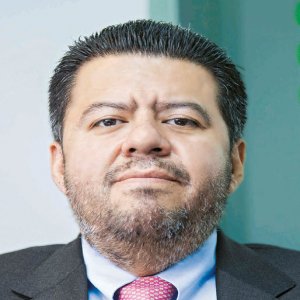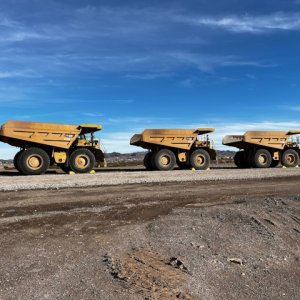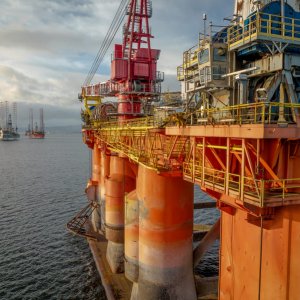Electromagnetic Solution Boosts Efficiency

STORY INLINE POST
Q: How does EMGS convince companies that won blocks to buy its data?
A: Even after 15 years, our Controlled Source Electro Magnetic (CSEM) technology is still considered “new,” so a lot of our efforts go into educating clients about how it should be used. It is a complementary tool to seismic, not something to replace it. Oil companies’ exploration workflow and processes have been designed with 2D seismic and 3D seismic. The technology we offer is disruptive so it is not included in most companies’ workflows.
When EMGS started, we were a typical geophysical company. We acquired data, processed it and then delivered it to the client. We hoped they would find a way to make sense of it by themselves. That failed. For data to become valuable it must be processed into information and then interpreted to improve understanding. If data is not used to boost understanding, it is at best a confidence builder and at worst useless. To make sure our data is used correctly and adds value we hired several people with oil company experience. Our initial focus was to acquire the best data but that changed to processing to get more reliable results.
The software basically increases a company’s chance of success. If done systematically it allows clients to better understand and select the biggest prospects that have the highest chance of success. That is one of its main values. We started working for PEMEX in 2008, our second contract with them was in 2010 and the last renewal was in 2013. Most of the data we acquired for PEMEX had to be handed over to CNH. We have now bought the right to reprocess and market this data from CNH.
Q: How does EMGS’ technology align with the operations and strategies of oil companies?
A: We were focusing more on technology, physics and drilling operations five years ago but now we focus on making better decisions based on the data we gather, a method that has a cost-saving impact. The technology also creates efficiency gains since it guides operators to drill the best wells first. It can also highlight new prospects that have been overlooked or seem to be too risky with a conventional approach.
As well as helping identify and prioritize the best wells, EMGS minimizes the number of dry wells that companies drill. It is challenging to quantify the extent of the use of our technology by companies participating in Mexico’s Round 1.4. We struggled a bit with the marketing of this data because CNH did not allow work units for data to be bought prior to the licensing rounds. We think the main interest in our data is going to come after the licensing round.
Q: What effect have lower oil prices and reduced exploration and investment had on EMGS’ performance?
A: If we had a choice between high or low oil prices we would take the high-price option but that comes with different challenges and opportunities. For a company like EMGS there are two processes that are important. One is adoption, which has been steadily increasing, and second is a company’s budget and the market environment. When there are low prices companies focus more on money and are not necessarily willing to take the same risks as when there are high oil prices, so avoiding dry wells is a clear driver. We had a discussion with an important oil company and they were telling us that when a barrel was over US$100 they would not care and drill the wells anyway. Now they are using our technology to test the wells before drilling.
Q: What does EMGS’ future in Mexico looks like?
A: EMGS is going to get to a place, both in Mexico and internationally, where no well will be drilled without CSEM if CSEM is sensitive to what that company is looking for. It will be standard procedure before drilling a well to conduct a sensitivity study and if that is positive, it is followed by a value of information study. If that is positive you do CSEM before drilling. We are definitely getting there. We should be there certainly in the next 10 years.
























